
-
二氯甲烷
NMR and HPLC COA下载 MSDS下载 - Names:
Dichloromethane
- CAS号:
75-09-2
MDL Number: MFCD00000881 - MF(分子式): CH2Cl2 MW(分子量): 85
- EINECS:200-659-6 Reaxys Number:
- Pubchem ID:6344 Brand:BIOFOUNT
| 货品编码 | 规格 | 纯度 | 价格 (¥) | 现价(¥) | 特价(¥) | 库存描述 | 数量 | 总计 (¥) |
|---|---|---|---|---|---|---|---|---|
| LSH57968-1L | 1L | 95% | ¥ 258.00 | ¥ 258.00 | Backorder | ¥ 0.00 |
| 中文别名 | 二氯甲烷(75-09-2);亚甲基二氯化物;氯甲烷;茄素; |
| 英文别名 | Dichloromethane(75-09-2);Bichloride, Methylene;Chloride, Methylene;Dichloride, Methylene;Dichloromethane;Methylene Bichloride;Methylene Chloride;Methylene Dichloride;Solaesthin; |
| CAS号 | 75-09-2 |
| SMILES | CS(=O)(=O)OCCO |
| Inchi | InChI=1S/C3H8O4S/c1-8(5,6)7-3-2-4/h4H,2-3H2,1H3 |
| InchiKey | JVKXKIBYHWRLOJ-UHFFFAOYSA-N |
| 分子式 Formula | CH2Cl2 |
| 分子量 Molecular Weight | 85 |
| 闪点 FP | |
| 熔点 Melting point | -97℃ |
| 沸点 Boiling point | 323.9±25.0 °C at 760 mmHg |
| Polarizability极化度 | 11.1±0.5 10-24cm3 |
| 密度 Density | 1.4±0.1 g/cm3 |
| 蒸汽压 Vapor Pressure | 0.0±1.6 mmHg at 25°C |
| 溶解度Solubility | 70°F时为10至50 mg / mL,在水,13200 mg / L的在25℃下,可混溶于乙酸乙酯,酒精,己烷,甲醇,乙醚,正辛醇,丙酮,苯,四氯化碳,乙醚和氯仿。 |
| 性状 | 无色液体 APHA:≤10,注:104华氏度以上的气体,略带甜味,类似于三氯甲烷。 |
| 储藏条件 Storage conditions | storage at -4℃ (1-2weeks), longer storage period at -20℃ (1-2years) |
二氯甲烷(75-09-2,Dichloromethane)毒理性质:
| 生物 | 测试类型 | 路线 | 报告剂量(标准化剂量) | 影响 | 资源 |
| cat | LCLo | inhalation | 43400mg/m3/4. (43400mg/m3) | Archiv fuer Hygiene und Bakteriologie. Vol. 116, Pg. 131, 1936. | |
| cat | LCLo | inhalation | 43400mg/m3/4. (43400mg/m3) | BEHAVIORAL: GENERAL ANESTHETIC | Archiv fuer Hygiene und Bakteriologie. Vol. 116, Pg. 131, 1936. |
| BEHAVIORAL: ATAXIA | |||||
| dog | LCLo | inhalation | 14108ppm/7H (14108ppm) | SENSE ORGANS AND SPECIAL SENSES: MIOSIS (PUPILLARY CONSTRICTION): EYE | National Institutes of Health, Bulletin. Vol. 191, Pg. 1, 1949. |
| LUNGS, THORAX, OR RESPIRATION: DYSPNEA | |||||
| VASCULAR: BP LOWERING NOT CHARACTERIZED IN AUTONOMIC SECTION | |||||
| dog | LD50 | intraperitoneal | 1274mg/kg (1274mg/kg) | Toxicology and Applied Pharmacology. Vol. 10, Pg. 119, 1967. | |
| dog | LDLo | intravenous | 200mg/kg (200mg/kg) | Quarterly Journal of Pharmacy & Pharmacology. Vol. 7, Pg. 205, 1934. | |
| dog | LDLo | oral | 3gm/kg (3000mg/kg) | Quarterly Journal of Pharmacy & Pharmacology. Vol. 7, Pg. 205, 1934. | |
| guinea pig | LCLo | inhalation | 5000ppm/2H (5000ppm) | Fluorine Chemistry Reviews. Vol. 1, Pg. 197, 1967. | |
| human | LDLo | oral | 357mg/kg (357mg/kg) | BEHAVIORAL: CONVULSIONS OR EFFECT ON SEIZURE THRESHOLD | "Toxicology of Drugs and Chemicals," Deichmann, W.B., New York, Academic Press, Inc., 1969Vol. -, Pg. 390, 1969. |
| BEHAVIORAL: SOMNOLENCE (GENERAL DEPRESSED ACTIVITY) | |||||
| PERIPHERAL NERVE AND SENSATION: PARESTHESIS | |||||
| human | TCLo | inhalation | 500ppm/1Y-I (500ppm) | BEHAVIORAL: SOMNOLENCE (GENERAL DEPRESSED ACTIVITY) | Abstracts on Hygiene. Vol. 43, Pg. 1123, 1968. |
| BEHAVIORAL: ALTERED SLEEP TIME (INCLUDING CHANGE IN RIGHTING REFLEX) | |||||
| CARDIAC: CHANGE IN RATE | |||||
| human | TCLo | inhalation | 500ppm/8H (500ppm) | BEHAVIORAL: EUPHORIA | Science. Vol. 176, Pg. 295, 1972. |
| man | TDLo | oral | 1429uL/kg (1.429mL/kg) | BLOOD: NORMOCYTIC ANEMIA | Gekkan Yakuji. Pharmaceuticals Monthly. Vol. 36, Pg. 575, 1994. |
| KIDNEY, URETER, AND BLADDER: "CHANGES IN TUBULES (INCLUDING ACUTE RENAL FAILURE, ACUTE TUBULAR NECROSIS)" | |||||
| mouse | LC50 | inhalation | 14400ppm/7H (14400ppm) | National Institutes of Health, Bulletin. Vol. 191, Pg. 1, 1949. | |
| mouse | LD50 | intraperitoneal | 437mg/kg (437mg/kg) | Archiv fuer Gewerbepathologie und Gewerbehygiene. Vol. 18, Pg. 109, 1960. | |
| mouse | LD50 | oral | 873mg/kg (873mg/kg) | EHP, Environmental Health Perspectives. Vol. 106(Suppl, | |
| mouse | LD50 | subcutaneous | 6460mg/kg (6460mg/kg) | Toxicology and Applied Pharmacology. Vol. 4, Pg. 354, 1962. | |
| mouse | LD50 | unreported | 4770mg/kg (4770mg/kg) | GASTROINTESTINAL: ULCERATION OR BLEEDING FROM SMALL INTESTINE | Eisei Kagaku. Hygienic Chemistry. Vol. 28, Pg. P31, 1982. |
| GASTROINTESTINAL: ULCERATION OR BLEEDING FROM STOMACH | |||||
| rabbit | LCLo | inhalation | 10000ppm/7H (10000ppm) | Journal of Industrial Hygiene and Toxicology. Vol. 26, Pg. 8, 1944. | |
| rabbit | LD50 | unreported | 1225mg/kg (1225mg/kg) | Gigiena i Sanitariya. For English translation, see HYSAAV. Vol. 53(6), Pg. 78, 1988. | |
| rabbit | LDLo | oral | 1900mg/kg (1900mg/kg) | "Handbook of Toxicology," 4 vols., Philadelphia, W.B. Saunders Co., 1956-59Vol. 1, Pg. 94, 1955. | |
| rabbit | LDLo | subcutaneous | 2700mg/kg (2700mg/kg) | Quarterly Journal of Pharmacy & Pharmacology. Vol. 7, Pg. 205, 1934. | |
| rat | LC50 | inhalation | 52gm/m3 (52000mg/m3) | Toksikologiya Novykh Promyshlennykh Khimicheskikh Veshchestv. Toxicology of New Industrial Chemical Substances. For English translation, see TNICS*. Vol. 15, Pg. 64, 1979. | |
| rat | LD50 | intraperitoneal | 916mg/kg (916mg/kg) | Environmental Research. Vol. 40, Pg. 411, 1986. | |
| rat | LD50 | oral | 1600mg/kg (1600mg/kg) | BEHAVIORAL: ATAXIA | FAO Nutrition Meetings Report Series. Vol. 48A, Pg. 94, 1970. |
| rat | LD50 | unreported | 5350mg/kg (5350mg/kg) | Gigiena i Sanitariya. For English translation, see HYSAAV. Vol. 53(6), Pg. 78, 1988. | |
| rat | LDLo | intratracheal | 350mg/kg (350mg/kg) | LUNGS, THORAX, OR RESPIRATION: ACUTE PULMONARY EDEMA | National Technical Information Service. Vol. OTS0520615, |
| LUNGS, THORAX, OR RESPIRATION: STRUCTURAL OR FUNCTIONAL CHANGE IN TRACHEA OR BRONCHI |
二氯甲烷(75-09-2,Dichloromethane)实验注意事项:
1.实验前需戴好防护眼镜,穿戴防护服和口罩,佩戴手套,避免与皮肤接触。
2.实验过程中如遇到有毒或者刺激性物质及有害物质产生,必要时实验操作需要手套箱内完成以免对实验人员造成伤害
3.实验后产生的废弃物需分类存储,并交于专业生物废气物处理公司处理,以免造成环境污染Experimental considerations:
1. Wear protective glasses, protective clothing and masks, gloves, and avoid contact with the skin during the experiment.
2. The waste generated after the experiment needs to be stored separately, and handed over to a professional biological waste gas treatment company to avoid environmental pollution.
Tags:二氯甲烷试剂,二氯甲烷杂质,二氯甲烷中间体,二氯甲烷密度,二氯甲烷旋光度,二氯甲烷溶解度,二氯甲烷结构式,二氯甲烷合成,二氯甲烷闪点,二氯甲烷购买,
| 产品说明 | 二氯甲烷(75-09-2))是不可燃低沸点溶剂,二氯甲烷是氯甲烷中的一类,甲烷中的两个氢被氯代替.二氯甲烷溶解度,二氯甲烷MSDS等其他参数见主页. |
| Introduction | 二氯甲烷(75-09-2,Dichloromethane) for residue analysis, stabilized with amylene:(75-09-2)Used in scientific research and synthetic intermediates,75-09-2 other details as description |
| Application1 | |
| Application2 | |
| Application3 |
1、二氯甲烷为无色液体,带有甜味,渗透性,类似醚的气味。不可燃,如果暴露于高温下可能会散发出有毒的氯化物烟雾。蒸气是高浓度的麻醉剂。用作溶剂和脱漆剂。
2、二氯甲烷是氯甲烷中的一类,甲烷中的两个氢被氯代替。常温下为稠密,不可燃的无色液体(沸点40℃,d = 1.33),可与水不混溶,广泛用作溶剂,脱漆剂,并用于去除咖啡和茶中的咖啡因。它具有极性非质子传递溶剂,致癌剂和制冷剂的作用。它是氯甲烷和挥发性有机化合物的成员。
3、二氯甲烷,也称为DCM或甲氯,属于有机化合物,称为卤甲烷。这些是有机化合物,其中甲烷(CH4)的四个氢原子中的至少一个被卤素原子取代。在多种生物流体(例如粪便和唾液)中检测到二氯甲烷。在细胞内,二氯甲烷主要位于细胞质中。二氯甲烷被正式定为可能的致癌物(根据IARC 2A),并且还是潜在的有毒化合物。
4、二氯甲烷是一种透明,无色,不可燃,易挥发的液态氯化烃,具有甜美宜人的气味,加热分解时会散发出高毒性的光气烟气。二氯甲烷主要用作脱漆剂中的溶剂,但也用于气雾剂配方,用作药物制造中的溶剂,用作脱脂剂,用于电子产品制造以及用作乙烷泡沫发泡剂。吸入该物质会刺激鼻子和喉咙,并影响中枢神经系统。二氯甲烷是一种可能的诱变剂,可以合理地预期是人类致癌物。
5、二氯甲烷,也称为DCM或甲氯,属于有机化合物,称为卤甲烷。这些是有机化合物,其中甲烷(CH4)的四个氢原子中的至少一个被卤素原子取代。在多种生物流体(例如粪便和唾液)中检测到二氯甲烷。在细胞内,二氯甲烷主要位于细胞质中。二氯甲烷被正式定为可能的致癌物(根据IARC 2A),并且还是潜在的有毒化合物。
6、二氯甲烷主要用作脱漆剂和清除剂中的溶剂。作为药物,药品和薄膜包衣生产中的加工溶剂;在电子制造中用作金属清洁和饰面溶剂;以及作为聚氨酯泡沫发泡剂。它用作香料油树脂,啤酒花和从咖啡中去除咖啡因的提取溶剂。但是,由于担心残留溶剂,大多数脱咖啡因剂不再使用二氯甲烷。
7、二氯甲烷用作工业和动物产品中的油,脂肪,蜡,鱼油等的不可燃溶剂和萃取剂,以及植物来源物质中的咖啡因,啤酒花,蓖麻油,可可脂和醚油。它用于石油的脱蜡和溶剂的共沸脱水。二氯甲烷是除漆浆料和镀液的成分,但越来越多地被水性体系取代。在纤维素 - 乙酸盐基或纤维素 - 乙酰丁酸酯基薄膜的生产中用作溶剂,并在皮革,金属,橡胶,粘合剂和塑料工业中工业使用。泡沫中的发泡剂。
二氯甲烷(75-09-2,Dichloromethane)物理属性:
| 物理特性 | 值 | 单位 | 温度(摄氏度) | 资源 |
| Melting Point | -9.51E+01 | deg C | EXP | |
| Boiling Point | 40 | deg C | EXP | |
| log P (octanol-water) | 1.25 | (none) | EXP | |
| Water Solubility | 1.30E+04 | mg/L | 25 | EXP |
| Vapor Pressure | 435 | mm Hg | 25 | EXP |
| Henry's Law Constant | 0.00325 | atm-m3/mole | 25 | EXP |
| Atmospheric OH Rate Constant | 1.42E-13 | cm3/molecule-sec | 25 | EXP |
| 警示图 | |
| 危险性 | warning |
| 危险性警示 | No data available |
| 安全声明 | H303+H313+H333 |
| 安全防护 | P264+P280+P305+P351+P338+P337+P313 |
| 备注 | 实验过程中防止吸入、食入,做好安全防护 |
二氯甲烷(75-09-2,Dichloromethane)危害标识:
| 象形图 |  |
| 信号 | Warning |
| GHS危险说明 | H351: Suspected of causing cancer [Warning Carcinogenicity] |
| 防范说明代码 | P201, P202, P281, P308+P313, P405, and P501 |
| (The corresponding statement to each P-code can be found at the GHS Classification page.) |
| Knox C, Law V, Jewison T, Liu P, Ly S, Frolkis A, Pon A, Banco K, Mak C, Neveu V, Djoumbou Y, Eisner R, Guo AC, Wishart DS: DrugBank 3.0: a comprehensive resource for 'omics' research on drugs. Nuclei |
| Almer S, Andersson T, Strom M: Pharmacokinetics of tranexamic acid in patients with ulcerative colitis and in healthy volunteers after the single instillation of 2 g rectally. J Clin Pharmacol. 1992 J |
| Marchesi JR, Holmes E, Khan F, Kochhar S, Scanlan P, Shanahan F, Wilson ID, Wang Y: Rapid and noninvasive metabonomic characterization of inflammatory bowel disease. J Proteome Res. 2007 Feb;6(2):546- |
| Garner CE, Smith S, de Lacy Costello B, White P, Spencer R, Probert CS, Ratcliffe NM: Volatile organic compounds from feces and their potential for diagnosis of gastrointestinal disease. FASEB J. 2007 |
| Le Gall G, Noor SO, Ridgway K, Scovell L, Jamieson C, Johnson IT, Colquhoun IJ, Kemsley EK, Narbad A: Metabolomics of fecal extracts detects altered metabolic activity of gut microbiota in ulcerative |
1、The Fractionation of Chlorine Isotopes by the Aerobic Methylotrophic Bacterium Methylobacterium dichloromethanicum Grown on Dichloromethane
A. M. Zyakun, N. V. Doronina, V. N. Zakharchenko & Yu. A. Trotsenko
Abstract Methylobacterium dichloromethanicum was found to be able to utilize dichloromethane (DCM) as the source of carbon and energy with the production of biomass, CO2, and HCl. A comparative analysis of the abundances of the major DCM isotopomers 35Cl2 12C1H2, 35Cl37Cl12C1H2, and 37Cl2 12CH21H2 made it possible to estimate the fractionation of chlorine isotopes during the bacterial metabolism of DCM. The kinetic chlorine isotope effects for 35Cl37Cl12C1H2 (m/z 86) and 37Cl2 12C1H2 (m/z 88) relative to 35Cl2 12C1H2 (m/z 84) were characterized by α86/84 = 1.006 ± 0.002 and α88/84 = 1.023 ± 0.003, respectively. The inference is made that the growth of M. dichloromethanicum on DCM is accompanied by the mass-independent fractionation of the DCM isotopomers.
2、Detection of dichloromethane with a bioluminescent (lux) bacterial bioreporter
Nicholas Lopes, Shawn A. Hawkins, Patricia Jegier, Fu-Min Menn, Gary S. Sayler & Steven Ripp
Abstract The focus of this research effort was to develop an autonomous, inducible, lux-based bioluminescent bioreporter for the real-time detection of dichloromethane. Dichloromethane (DCM), also known as methylene chloride, is a volatile organic compound and one of the most commonly used halogenated solvents in the U.S., with applications ranging from grease and paint stripping to aerosol propellants and pharmaceutical tablet coatings. Predictably, it is released into the environment where it contaminates air and water resources. Due to its classification as a probable human carcinogen, hepatic toxin, and central nervous system effector, DCM must be carefully monitored and controlled. Methods for DCM detection usually rely on analytical techniques such as solid-phase microextraction (SPME) and capillary gas chromatography or photoacoustic environmental monitors, all of which require trained personnel and/or expensive equipment. To complement conventional monitoring practices, we have created a bioreporter for the self-directed detection of DCM by taking advantage of the evolutionary adaptation of bacteria to recognize and metabolize chemical agents. This bioreporter, Methylobacterium extorquens DCM lux , was engineered to contain a bioluminescent luxCDABE gene cassette derived from Photorhabdus luminescens fused downstream to the dcm dehalogenase operon, which causes the organism to generate visible light when exposed to DCM. We have demonstrated detection limits down to 1.0 ppm under vapor phase exposures and 0.1 ppm under liquid phase exposures with response times of 2.3 and 1.3 h, respectively, and with specificity towards DCM under relevant industrial environmental monitoring conditions.
3、Changes of chlorine isotope composition characterize bacterial dehalogenation of dichloromethane
A. M. Zyakun, Yu. E. Firsova, M. L. Torgonskaya, N. V. Doronina & Yu. A. Trotsenko
Abstract Fractionation of dichloromethane (DCM) molecules with different chlorine isotopes by aerobic methylobacteria Methylobacterium dichloromethanicum DM4 and Albibacter methylovorans DM10; cell-free extract of strain DM4; and transconjugant Iethylobacterium extorquens AI1/pME 8220, expressing the dcmA gene for DCM dehalogenase but unable to grow on DCM, was studied. Kinetic indices of DCM isotopomers for chlorine during bacterial dehalogenation and diffusion were compared. A two-step model is proposed, which suggests diffusional DCM transport to bacterial cells.
4、Postmortem absorption of dichloromethane: a case study and animal experiments
H. Takeshita, K. Mogi, T. Yasuda, S. Mori, Y. Nakashima, T. Nakajima, H. Akuzawa, S. Nakajo, Y. Hirota & K. Kishi
Abstract A case of accidental death after occupational exposure to an atmosphere containing dichloromethane (DCM) is reported. The concentrations of DCM in the blood and tissues of a 40-year-old man who died while observing an industrial washing machine filled with DCM vapour were blood 1660 mg/l, urine 247 mg/l, brain 87 mg/ kg, heart muscle 199 mg/kg and lungs 103 mg/kg which are 3–7 times higher than previously reported fatal levels. The body was left undiscovered in the machine filled with DCM vapour for about 20 h. The present study was designed to determine whether all the DCM detected in the tissues and body fluids had been inhaled while alive using rats as the experimental model. The concentrations of DCM in the tissues and body fluids of a rat that died from DCM poisoning and was left for 20 h in a box containing DCM vapour were the same as those in the tissues and body fluids of a rat that had died from an injected overdose of barbiturates and had then been placed in the DCM box in a similar manner. Moreover, the concentrations of DCM in the tissues and body fluids of the carcasses that were exposed to the DCM vapour increased gradually throughout the period of exposure. These findings imply that DCM is able to penetrate the tissues and body fluids of rat carcasses through a route other than inhalation such as through the skin.
5、Biological decomposition of dichloromethane from a chemical process effluent
Gerhard Stucki
Abstract The application of specialized microorganisms to treat dichloromethane (DM) containing process effluents was studied. An aerobic fluidized bed reactor with a working volume of 801 filled with sand particles as carriers for the bacteria was used. Oxygen was introduced into the recycle stream by an injector device. DM was monitored semi-continuously. A processor controlled the feed volume according to the DM effluent concentration. Mineralization rates of 12 kg DM/mbioreactor 3 · d were reached within about three weeks using synthetic wastewater containing 2000 mg/l DM as single carbon compound. DM from process water of a pharmaceutical plant was reduced from about 2000 mg/l in the feed to below 1 mg/l in the effluent at volumetric loading rates of 3 to 4 kg DM/mbioreactor 3 · d. Degradation of wastewater components like acetone and isopropanol were favoured, thus making the process less attractive for waste streams containing high amounts of DOC other than of DM. DM concentrations of up to 1000 mg/l were tolerated by the immobilized microorganisms and did not influence their DM degradation capacity. The ability to mineralize DM was lost when no DM was fed to the reactor for 10 days.
- 相关产品
-
< >
- 推荐产品
-
< >
- 最新产品
-
< >
新闻
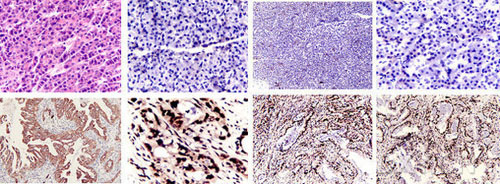
怎么做细胞爬片免疫组化染色实验
细胞爬片免疫组化染色,是通过细胞爬片是让玻片浸在细胞培养基内,细胞在玻片上生长,主要用于组织学,免疫组织化学...
2020/7/20 22:04:33
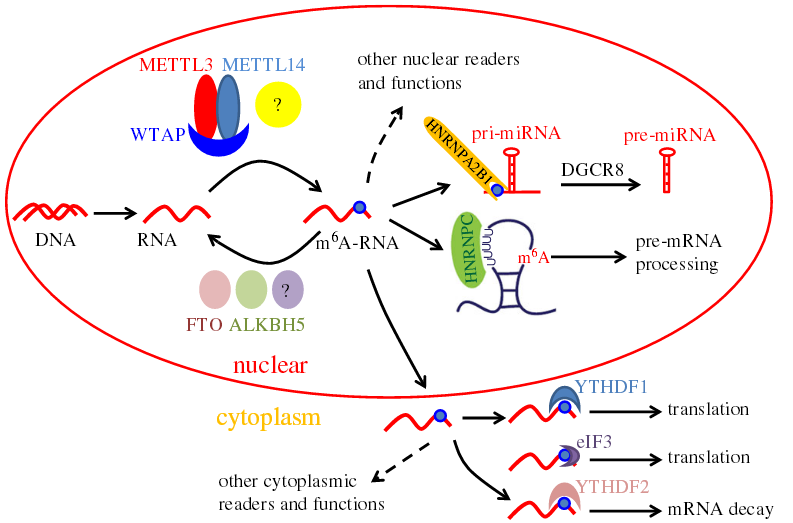
提取病毒RNA的实验方法
提取病毒RNA方法分别有:异硫氰酸胍的提取病毒RNA方法、TRIzol LS提取法、Trizol法提取法等等...
2020/7/22 20:29:26
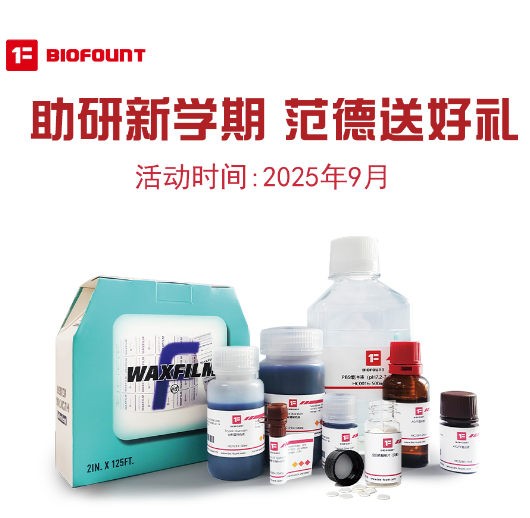
9月开学季——助研新学期 范德送好礼
2025/8/28 15:30:55

Waxfilm 实验室封口膜:技术与国际市场的双重突破
在实验室耗材领域,封口膜是保障实验准确性与稳定性的关键产品之一。近年来,Waxfilm?实验室封口膜凭借其卓...
2025/5/13 13:03:40
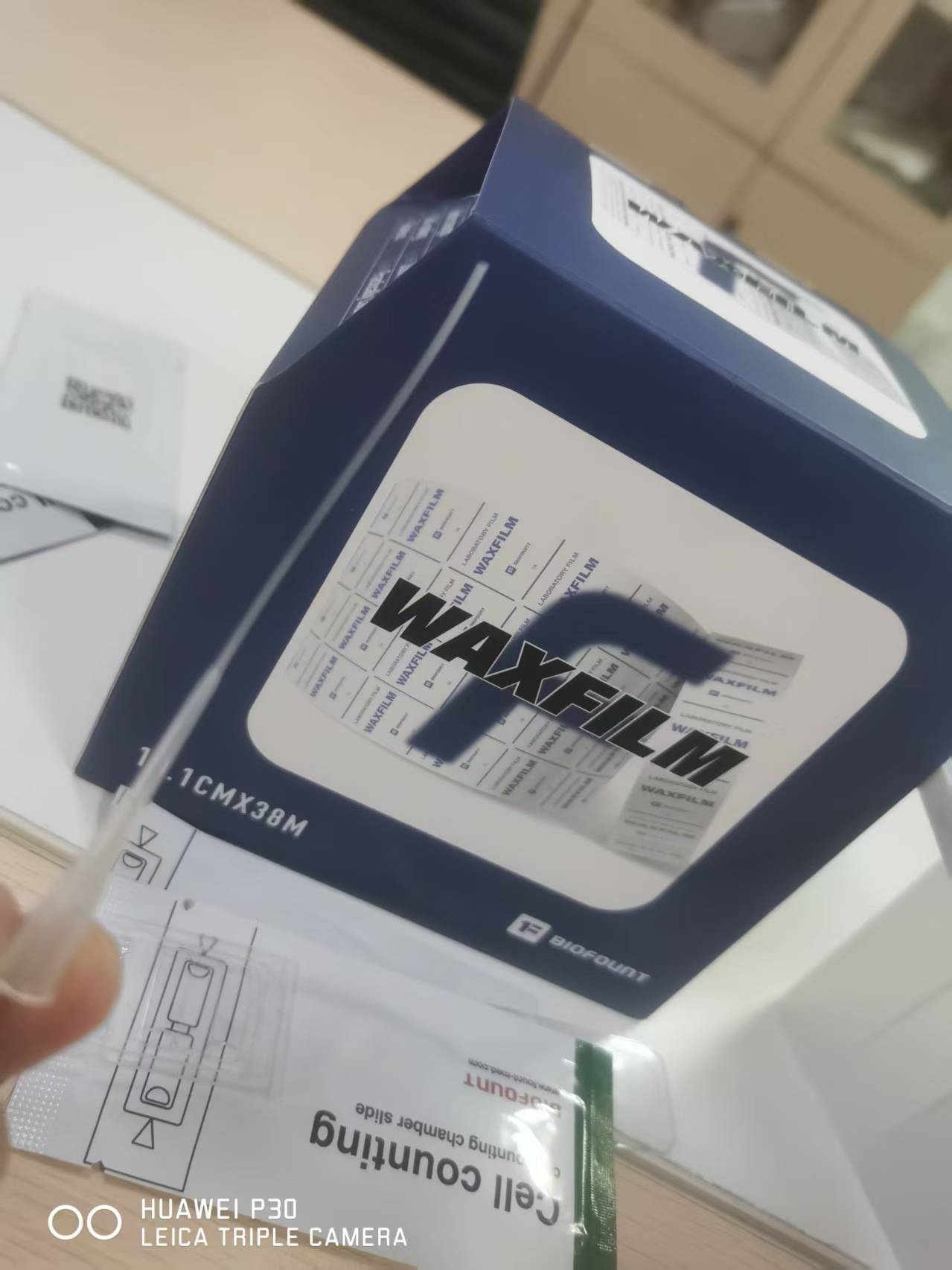
Waxfilm实验室封口膜的5大突破
Waxfilm实验室封口膜作为生物功能膜领域的国产技术突破和品牌突破,是生物领域中国技术发展的缩影。
2025/5/6 17:02:07

各种微流控芯片键合方法的优缺点
微流控芯片键合:目前主要有激光焊接、热压键合、胶键合、超音波焊接,每种方法都有各自的优缺点。本文主要介绍聚酯...
2023/7/28 10:43:09
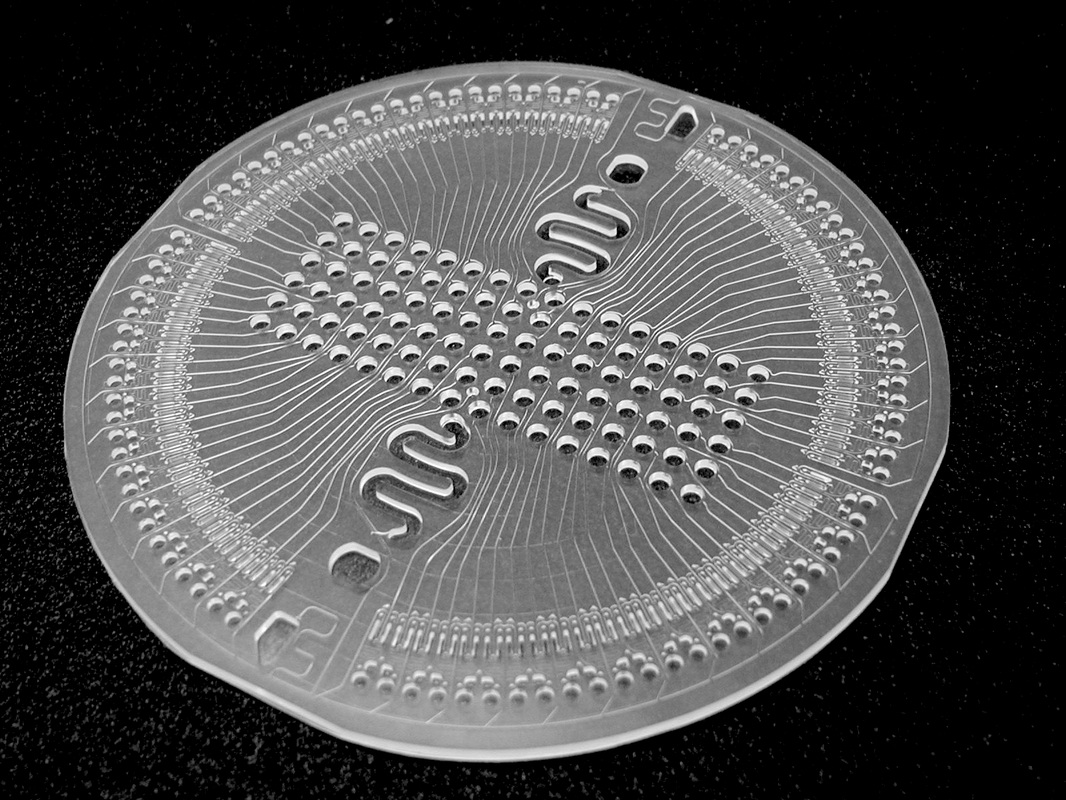
新一代微流控键合解决方案
微流控键合解决方案:微流控芯片制造的一个重要环节,也是最容易被忽视的--芯片键合。其中一个重要因素是:微流控...
2023/7/27 12:44:28
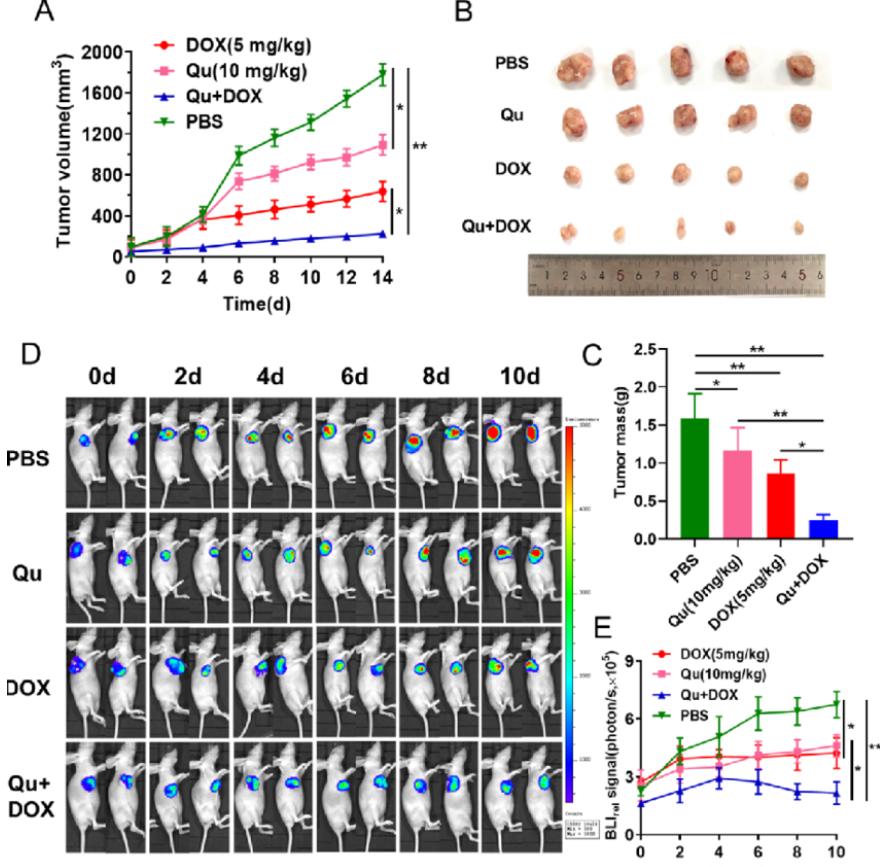
荧光素钾盐使用说明
D-荧光素钾盐(K+)设计用于体外和体内生物发光测定。D-荧光素的质量和纯度对于获得良好和可重复的结果至关重...
2023/7/20 11:05:11
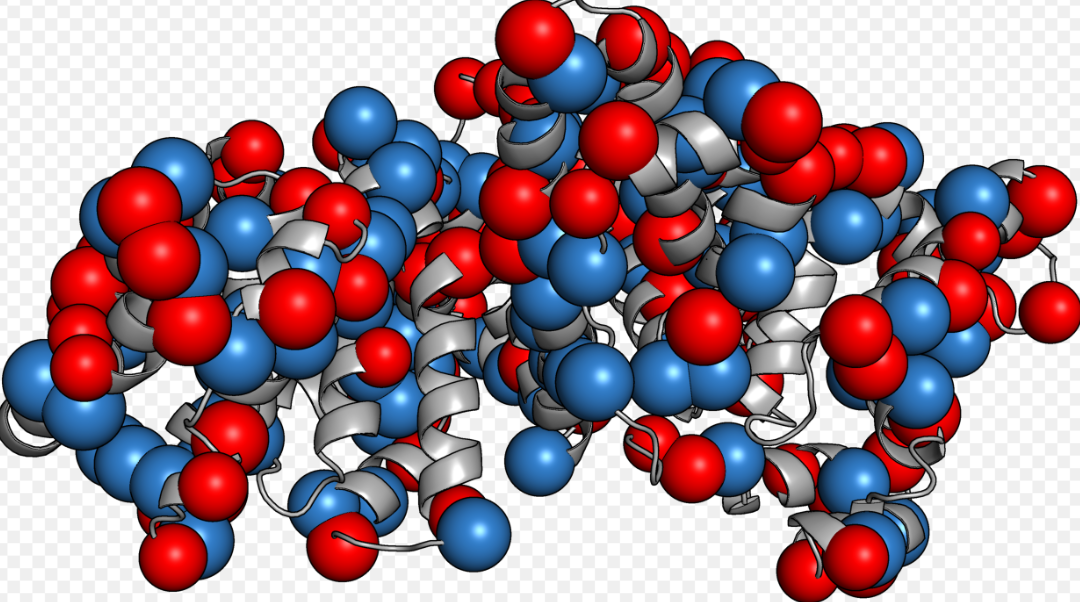
如何选BSA(牛血清白蛋白)
如何选BSA(牛血清白蛋白):牛血清白蛋白(BSA)有多种形式,如何选择适合自己的牛血清白蛋白(BSA)是一...
2023/2/14 13:09:18
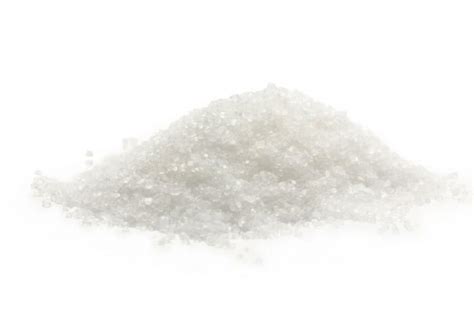
牛血清白蛋白(BSA)常见问题
牛血清白蛋白(BSA)常见问题:牛血清白蛋白(BSA)在实验室中是通用的,可用于蛋白质印迹、细胞组织培养、P...
2022/10/19 9:39:51




 购物车
购物车 



